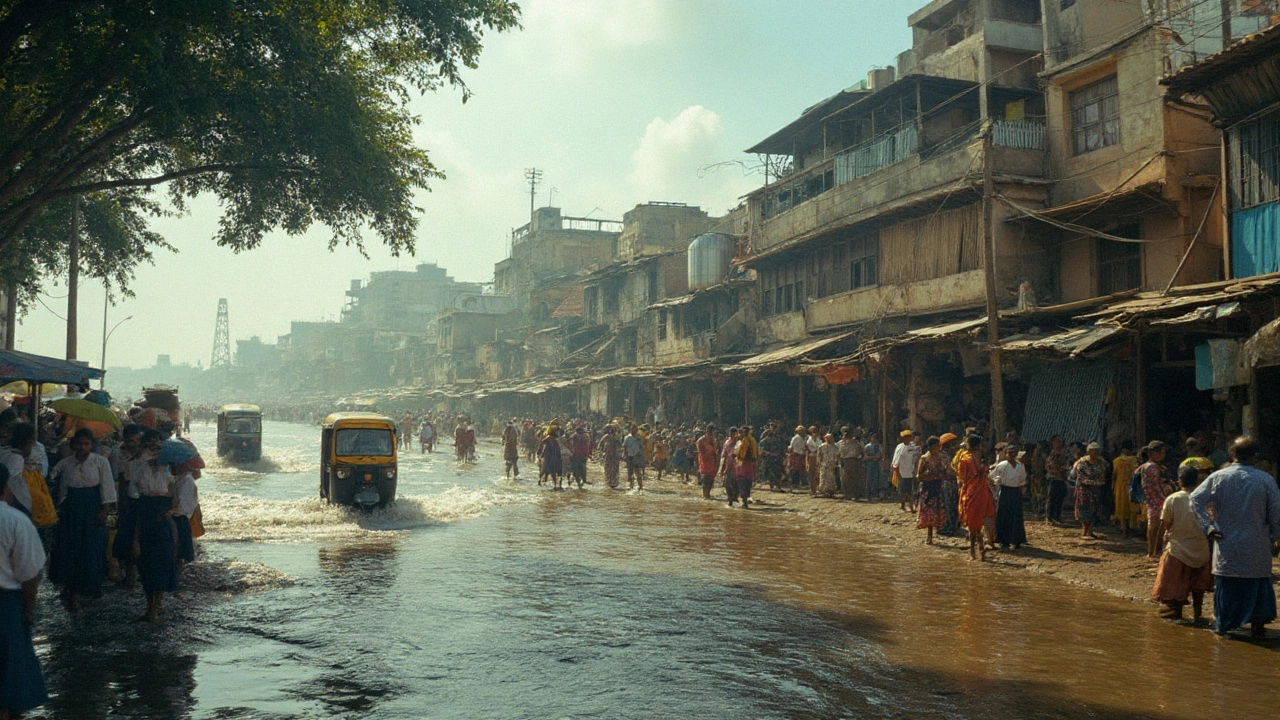Uninhabitable Earth: Why Our Planet Is at Risk and What’s Being Done About It
When we talk about an uninhabitable earth, a planet where human life can no longer be sustained due to extreme environmental conditions. Also known as climate collapse, it’s not science fiction—it’s the direction we’re heading if current trends continue. Rising temperatures, dying oceans, and toxic air aren’t distant threats. They’re happening now, and they’re linked to how we produce energy, manage waste, and protect public health.
The biggest driver? climate change, the long-term shift in global weather patterns caused by human activity, especially fossil fuel use. It’s not just about hotter summers. It’s about oceans turning acidic from absorbed CO2, coral reefs dying, and extreme weather becoming the norm. That’s why renewable energy, power sources like wind and solar that don’t emit greenhouse gases during operation. is no longer optional—it’s the only path forward. In India, solar power is growing faster than any other energy source, and wind is proving to be the cleanest option when you look at emissions, land use, and lifespan.
But it’s not just energy. An uninhabitable earth also means failing public systems. public health, the science of protecting and improving community well-being through prevention, education, and policy. is on the front lines. From clean water campaigns that stop cholera to smoke-free laws that cut lung cancer rates, these programs don’t just treat illness—they prevent it before it starts. And when we talk about the biggest threat to ocean life, the combined pressure of warming waters, plastic pollution, and overfishing that is destroying marine ecosystems., we’re talking about a collapse that hits food security, jobs, and climate stability all at once.
Here’s what you’ll find in this collection: real stories of what’s breaking, and even more importantly, what’s working. You’ll see how solar power is beating coal on cost, how public health interventions saved millions from polio, and why wind energy is cleaner than nuclear or hydropower. You’ll learn how biotech is helping clean the environment and how data scientists are working with farmers and nurses to fix these problems—not just study them. This isn’t about doom. It’s about action. And the solutions are already here.




